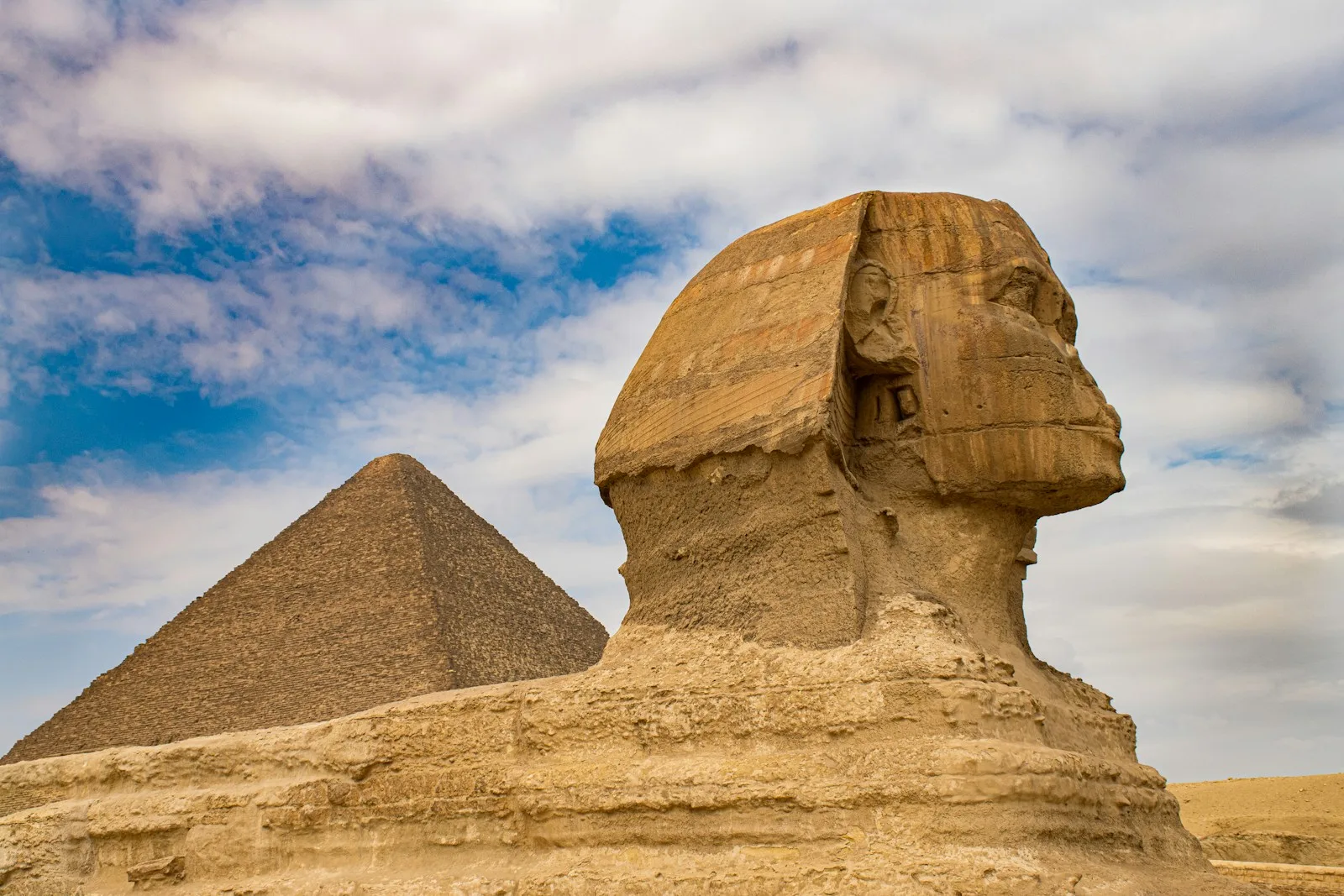Table of Contents
Before the ancient Egyptians added surface elements to their famous sculpture, the astronomer and geologist Farouk El-Baz, who was well known for his fieldwork in desert regions around the world, postulated more than 40 years ago that wind had a significant influence on molding. The Great Sphinx of Giza.
A recent study provides evidence that the hypothesis may be viable, according to a New York University news release.
A group of researchers at NYU’s Applied Mathematics Laboratory set out to test this idea by simulating the local environment 4,500 years ago, when the limestone monument was probably built, and testing the effect of wind on the formation of the rocks.
“Our findings provide a possible ‘origin story’ for how structures like the Sphinx could have formed through erosion,” Leif Ristroff, associate professor and senior research author at New York University’s Courant Institute of Mathematical Sciences, said in a press release. According to our laboratory tests, the rapidly decaying material can create a truly amazing Sphinx-like structure.
Clay-model yardungs are naturally occurring landforms of compacted sand in open desert regions. The study team created these structures and represented the wind by washing them with a fast current of water. The study was accepted for publication in the journal Physical Review Fluids, according to the release.
Scientists used hard, non-erodible inclusions in a featureless soft-clay mound, based on the design of the Great Sphinx. As the water tunnel flowed, the researchers found that the shape of the lion began to take shape.
Ristroff told CNN that yardangs are animals that naturally appear in the desert as sitting or receding animals with high heads. “They are frequently referred to as mud lions because some of them resemble sitting cats or lions. Our research may contribute to our knowledge of the formation of these yardungs,” he said.
More on the mysterious Great Sphinx origins
Although the origins and purpose of the Great Sphinx of Giza remain a mystery, the 66-foot (20-meter) tall figure is believed to have been carved from a single block of limestone.
El-Baz published an early version of the idea that the wind sculpted the Yardang in the shape of the Sphinx in 1981 in Smithsonian Magazine in an article titled “Desert Builders Know a Good Thing When They See It”.

According to El-Baz’s email to CNN, the concept was inspired by the early research of the late planetary geologist Ronald Greeley, who used wind tunnel simulations to study how wind erosion can create structures in deserts.
El-Baz said he did not think his initial hypothesis would be further supported by this current investigation.
Renowned Egyptologist Salima Ikram of the American University in Cairo has seriously questioned the idea that the Sphinx originated from Yardang.
Ikram, who was not involved in the study, said in an email that “once the Great Sphinx was carved, nature played a role in its subsequent creation, but it is unlikely that the original form was based on yardang (which is usually mud — it’s limestone) because it is surrounded by significant quarry marks and working marks. “
“The Yardang theory is not viable because there is too much evidence of human intervention in the construction of the Great Sphinx,” Ikram said.
According to the New York University researchers, their findings show that the Sphinx-like structure can thrive in a variety of unique settings, although The mysteries surrounding the Yardangs and the Great Sphinx remain unsolved.
It’s not that simple. No one claims that this object is carved only by humans or only by nature. The question is how much of it was already occurring naturally and how much was added later, Restroff told CNN. “Our study will tell you that much of the base of the head, the neck and the claws can be carved by nature through erosion.”
Explore the universe with news on fascinating discoveries, scientific advancements and more.
READ | Scientists think they have discovered why strange creatures appeared on Earth 500 million years ago.


2 thoughts on “Mystery of the Sphinx: Scientists Uncover Fascinating Origin Story”